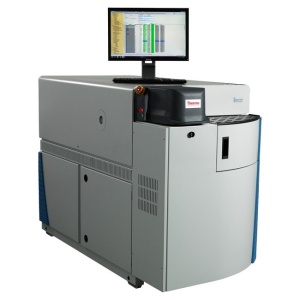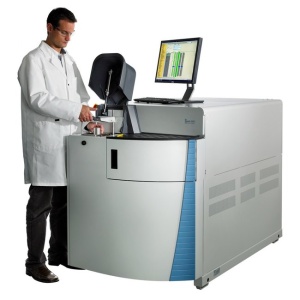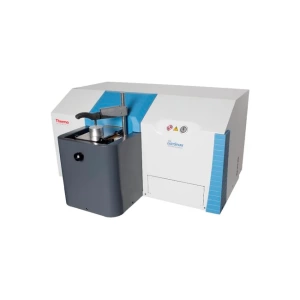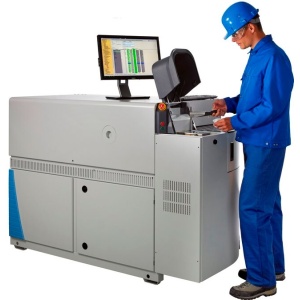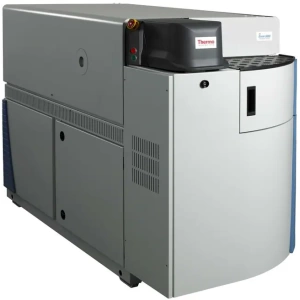An industry-standard analytical solution for metallurgical applications, optical emission spectrometry is well-established for the analysis of a large range of metals and alloys (from Ag to Zn). It is the ideal technology for process and quality control in metal production and is routinely applied directly in-the-field for foundry production. Optical emission spectrometry offers the possibility to analyze elemental composition of alloys down to the trace level with minimal impact on operating throughput, ensuring precise and reliable readings for up to 40 individual alloying elements in a single minute. It is also possible to investigate non-metallic inclusions using advanced optical emission spectrometry methods.
What is optical emission spectrometry?
Optical emission spectrometry is a tried-and-tested analytical technique that is widely used to measure the elemental composition of metals and alloys. It is often referred to as spark OES as electrical sparks are used to ablate surface material from metal samples so that it can produce characteristic optical emissions. This introduces the first of two primary components in a typical OES analyzer: the electrical source.
An electrode is typically used in Optical emission spectrometry systems to generate a high voltage electrical discharge that causes surface material to heat to the point of ablation. Vaporized molecules then become excited by the argon plasma generated by the electrical arc, or sparks. This causes them to emit element-specific light in the ultraviolet and visible range – although multiple emission lines will be present, comprising a full spectrum of wavelengths determined by the elements present in the sample and their concentration. Making sense of this spectrum requires the second primary component: the optical system.
Analysis of a metal sample with Arc/Spark Optical Emission Spectrometry
Light generated by the spark process is directed towards the optical system and is dispersed through a vacuum region within the spectrometer housing using a diffraction grating. These signals are acquired and converted into electrical signals using either CCD (charge-couple device) detectors or PMTs (photomultiplier tubes). CCD detectors typically obtain signals from wavelengths of interest directly from collected spectra, while PMTs transform photons into electrical signals and transform those into concentrations using calibration curves.
Spark Optical emission spectrometry analysis provides the fastest possible determination of all the elements in metals of interest with outstanding accuracy and precision. Among the many metals and alloys that spark OES is ideal for analyzing are: iron (Fe) and steel, aluminum (Al), copper (Cu), cobalt (Co), iron (Fe), magnesium (Mg), nickel (Ni), tin (Sn), titanium (Ti), zinc (Zn), and various precious metals. Alongside this exceptional precision, spark OES is also the most commonly used analytical technique in metallurgical facilities due to their ease-of-usability and maintenance. Sample preparation is quick and easy, typically performed using a standard grinding or milling machine, which can facilitate extremely high throughput (up to 400 samples a day).
Each of these integrated components is critical to making spark OES one of the highest reliability techniques in the analysis of metallic samples. It is routinely used to test finished and semi-finished goods from metals production (plates, sheets, tubes, etc.) and can be used in the field for interrogating melt samples from both primary and secondary metal production processes.
Optical Emission Spectroscopy
Thermo Scientific™ ARL iSpark™ Series Optical Emission Spectrometer

